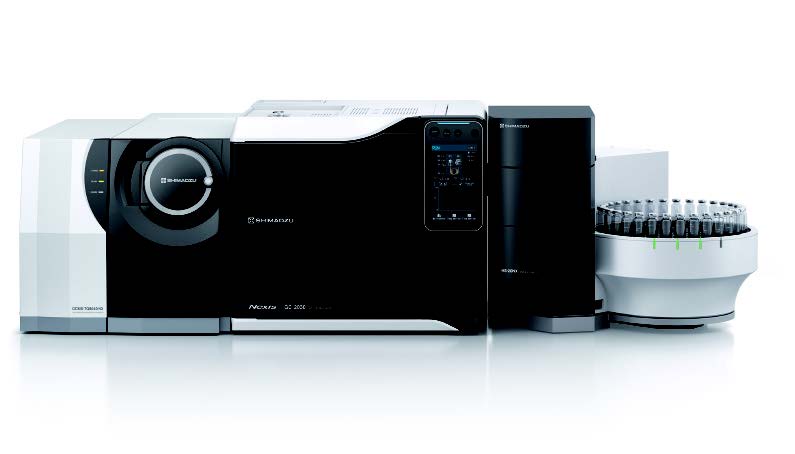GC Analysis Data Collection for Residual Solvents in Pharmaceuticals
- GC Analysis Data Collection for Residual Solvents
in Pharmaceuticals - Simultaneous Analysis of Class 1, 2A and 2B
Residual Solvents in Pharmaceuticals via HS-GCMS - GCMS Qualitative Analysis of Impurities Detected
in Tests for Residual Solvents in Pharmaceuticals
Shimadzu has released a headspace GC (HS-20 + GC-2010 Plus) analysis data collection for residual solvents in pharmaceuticals, which is compliant with the United States Pharmacopeia (USP) and the European Pharmacopoeia (EP). A handbook with analysis methods for personnel doing the actual analysis is also available. Download and complete a special form to use the data collection.
GC Analysis Data Collection for Residual Solvents in Pharmaceuticals
Data collection for the analysis of residual solvents in pharmaceuticals using the Shimadzu headspace gas chromatograph (HS-20 and GC-2010 Plus)
Compliant with the United States Pharmacopeia (USP) and the European Pharmacopoeia (EP)
|
<Details>
|

Handbook for Headspace GC Analysis of Residual Solvents in Pharmaceuticals
A handbook for personnel doing the actual analysis with respect to analysis methods compliant with the United States Pharmacopeia (USP) and the European Pharmacopoeia (EP)
|
<Details> |
- In the analysis of residual solvents in pharmaceuticals, the headspace method is the norm. In this method, samples such as finished dosage formulations, active pharmaceutical ingredients, and pharmaceutical additives are dissolved in a suitable solvent, sealed in a vial, and heated for a set period of time. The volatile components of the gas phase in the vial are then analyzed.
- In the analysis of residual solvents in pharmaceuticals, the ideal combination consists of the GC-2010 Plus capillary gas chromatograph, which features easy split ratio settings and is capable of full digital flow control even for the detector gas, together with the HS-20 NX headspace sampler, which provides consistently reliable quantitation due to high repeatability and low carryover.
- The flame ionization detector (FID) features the world's highest sensitivity level of 1.5 pgC/sec, and is capable of detecting even a trace quantity of solvents. In addition, using the system in combination with the LabSolutions (GC) workstation enables the headspace analysis conditions to be included in the same method for management and storage.



